Home>Garden Essentials>Garden Plants>How To Make Thyme Syrup
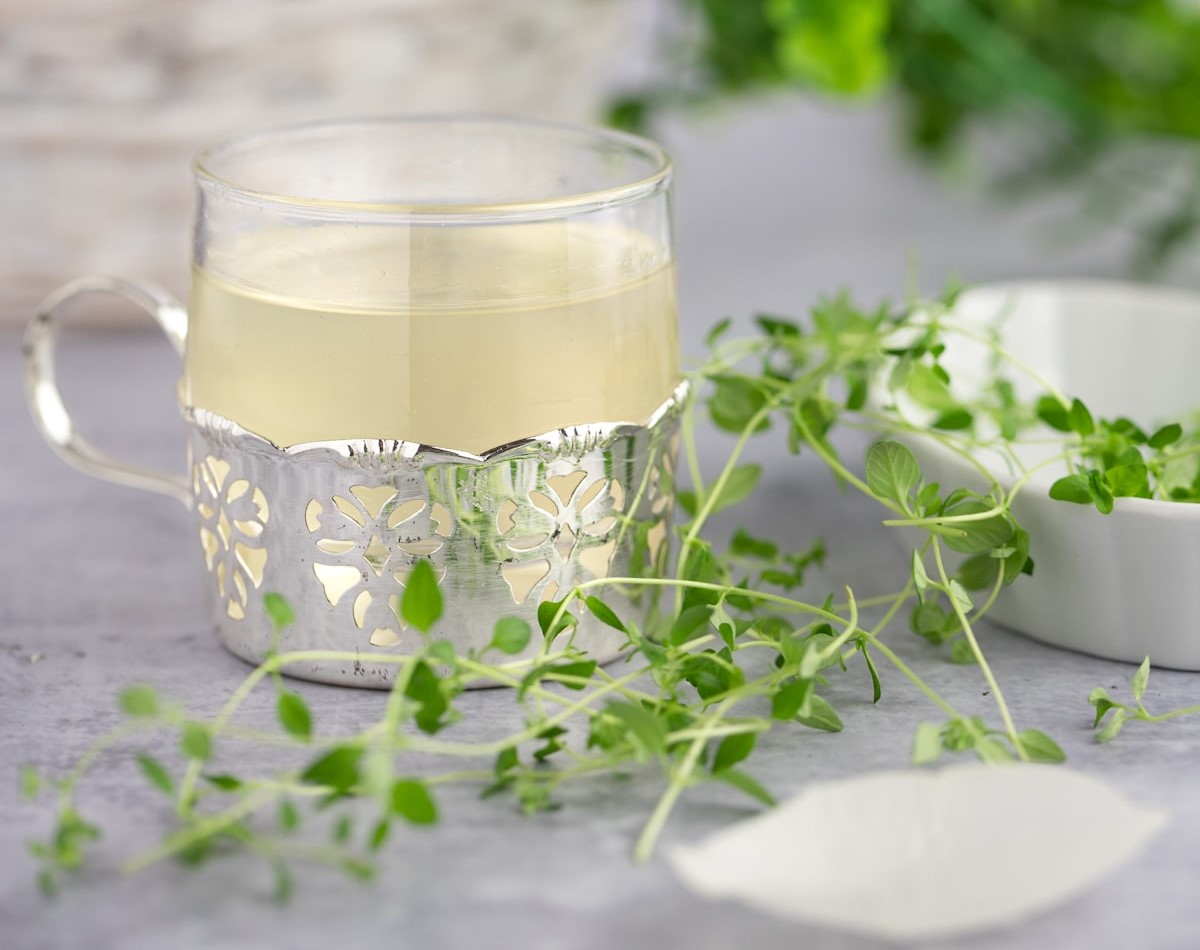

Garden Plants
How To Make Thyme Syrup
Modified: October 18, 2024
Learn how to make thyme syrup from plants in just a few simple steps. Enhance your drinks and desserts with this delicious homemade herbal syrup.
(Many of the links in this article redirect to a specific reviewed product. Your purchase of these products through affiliate links helps to generate commission for Storables.com, at no extra cost. Learn more)
Introduction
If you’re a fan of cocktails or enjoy experimenting with unique flavors in your beverages, then making thyme syrup is a must-try. Thyme syrup is a versatile and aromatic sweetener that adds a delightful herbal twist to a wide range of drinks. Whether you’re mixing up a refreshing summer cocktail or sprucing up your morning tea, thyme syrup can elevate your beverage game to the next level.
Thyme is not just a versatile herb used in various culinary dishes; it also offers a range of health benefits. It is rich in antioxidants and has antimicrobial properties, making it a fantastic addition to your daily routine. And what better way to enjoy those benefits than by infusing them into a delicious syrup?
In this article, we will guide you through the process of making thyme syrup, step by step. We will provide you with a list of ingredients and equipment needed, as well as detailed instructions to ensure your syrup turns out perfectly.
So, let’s gather our ingredients, put on our aprons, and dive into the art of making thyme syrup!
Key Takeaways:
- Elevate your beverage game with homemade thyme syrup, adding a delightful herbal twist to cocktails, teas, and more. Enjoy the health benefits and endless creative possibilities this aromatic sweetener offers.
- Capture the essence of thyme in a versatile syrup, infusing cocktails, mocktails, and desserts with its unique flavor profile. Experiment with different variations and let your creativity flow!
Read more: How To Make Thyme Tincture?
Ingredients
To make thyme syrup, you will need the following ingredients:
- 1 cup of water
- 1 cup of granulated sugar
- A handful of fresh thyme sprigs
The ingredients for thyme syrup are simple and easily accessible. The star of the show is, of course, the fresh thyme. It is recommended to use fresh thyme sprigs rather than dried thyme for a more vibrant and aromatic syrup. You can find fresh thyme at your local grocery store or even consider growing your own thyme plant for a continuous supply of this delightful herb.
As for the sugar, granulated sugar works best for making syrup. It dissolves easily and provides the right level of sweetness. However, you can experiment with alternative sweeteners such as honey or maple syrup if you prefer a different flavor profile. Just keep in mind that this may alter the overall taste of the syrup.
Lastly, don’t forget about water! It serves as the base for the syrup, helping to dissolve the sugar and infuse the thyme flavor into the liquid. Use filtered or bottled water to ensure the best quality syrup.
Now that we have gathered our ingredients, let’s move on to the equipment needed for the process.
Equipment Needed
To make thyme syrup, you will need the following equipment:
- A small saucepan
- A wooden spoon or spatula
- A fine-mesh strainer or cheesecloth
- A glass jar or bottle for storing the syrup
The equipment required for making thyme syrup is minimal and commonly found in most kitchens. Let’s take a closer look at each item:
A small saucepan is essential for heating the water and sugar mixture. It’s best to use a saucepan with a non-stick surface or stainless steel material to avoid any unwanted flavors transferring to the syrup.
A wooden spoon or spatula is ideal for stirring the syrup while it’s on the stove. Wood is a non-reactive material that won’t affect the flavor of the syrup. Avoid using metal utensils to prevent any chemical reactions with the ingredients.
For straining the syrup, you have a couple of options. A fine-mesh strainer is a convenient choice as it helps remove any unwanted particles or impurities from the syrup. If you prefer an even smoother consistency, you can use cheesecloth to strain the syrup. Simply place the cheesecloth over a strainer and pour the syrup through it.
Lastly, you’ll need a glass jar or bottle to store the thyme syrup. It’s best to use a container with a tight-fitting lid to keep the syrup fresh and prevent any spills. You can find glass jars or bottles with airtight seals at your local kitchen supply store or repurpose an empty glass container.
With our ingredients and equipment prepared, it’s time to move on to the step-by-step process of making thyme syrup.
Step 1: Preparing the Thyme
Before we can infuse our thyme flavor into the syrup, we need to prepare the thyme sprigs. Follow these steps to ensure the best results:
- First, gently rinse the fresh thyme sprigs under cold water to remove any dirt or debris. Pat them dry with a paper towel.
- To release the aromatic oils and flavors of the thyme, you can lightly bruise the sprigs by gently pressing them with your fingers or rolling them between your palms. This will help enhance the infusion process.
- If the thyme sprigs are long, you can trim them down to fit easily into the saucepan. However, avoid removing all the leaves from the stems. The leaves contain the majority of the flavor, so keep them intact.
By preparing the thyme before adding it to the syrup, we ensure that we extract maximum flavor and aroma from the herb. With the thyme ready to go, let’s move on to making the simple syrup.
When making thyme syrup, be sure to use fresh thyme for the best flavor. Avoid overcooking the syrup to preserve the delicate herbal notes of the thyme.
Step 2: Making the Simple Syrup
Now that our thyme is prepared, it’s time to move on to making the simple syrup. Here’s how you can do it:
- In a small saucepan, combine 1 cup of water and 1 cup of granulated sugar.
- Place the saucepan over medium heat and stir gently until the sugar has completely dissolved.
- Continue to heat the mixture until it comes to a gentle boil. Once it reaches a boil, reduce the heat to low and let it simmer for a few minutes, stirring occasionally.
- Simmering the syrup helps to create a smooth and syrupy consistency.
- It’s important to keep an eye on the saucepan as the syrup can quickly go from simmering to boiling over. Adjust the heat as needed to maintain a gentle simmer.
By combining equal parts water and sugar, we create a basic simple syrup that serves as the base for our thyme-infused syrup. The simple syrup provides the sweetness while allowing the thyme flavor to shine.
Once the simple syrup has simmered for a few minutes, it’s time to infuse it with the aromatic thyme flavor. Let’s move on to the next step to learn how.
Read more: How To Make Thyme Oil
Step 3: Infusing the Thyme
Now that we have our simmering simple syrup, it’s time to infuse it with the wonderful flavors of thyme. Follow these steps to achieve a delicious thyme-infused syrup:
- Place the prepared thyme sprigs into the saucepan with the simmering simple syrup.
- Allow the thyme to infuse in the syrup for about 10-15 minutes. The longer you let it infuse, the stronger the thyme flavor will become.
- Gently stir the mixture occasionally to ensure an even distribution of the thyme flavor.
- Keep a close eye on the saucepan to prevent the syrup from boiling or reducing too much.
- After the desired infusion time, remove the saucepan from the heat and let it cool for a few minutes.
Infusing the thyme into the syrup allows the flavors to meld together, resulting in a delightful herbal infusion. The gentle heat from the simmering syrup helps to extract the essence of the thyme, creating a flavorful and aromatic syrup.
Once the syrup has cooled slightly, it’s time to move on to the final step of the process. Let’s strain and store our thyme syrup properly.
Step 4: Straining and Storing the Syrup
After infusing the thyme in the syrup, it’s time to strain out the thyme leaves and prepare the syrup for storage. Follow these steps to ensure a smooth and aromatic thyme syrup:
- Place a fine-mesh strainer or cheesecloth over a clean glass jar or bottle.
- Gently pour the thyme syrup through the strainer, allowing it to filter into the jar.
- Use the back of a spoon to press down on the thyme leaves in the strainer, extracting any remaining liquid. Be careful not to apply too much pressure, as this may cause unwanted sediment to pass through the strainer.
- Dispose of the strained thyme leaves and transfer the syrup into a clean, airtight glass jar or bottle.
- Seal the container tightly to ensure freshness and prevent any unwanted odors or flavors from entering the syrup.
- Store the thyme syrup in a cool, dark place such as a pantry or refrigerator.
Straining the syrup helps to achieve a smooth and clear consistency, free of any herb particles. By removing the thyme leaves, we ensure that the syrup remains visually appealing and pleasant to drink.
Your homemade thyme syrup is now ready to be used in a variety of culinary creations. From cocktails and mocktails to baked goods and desserts, the possibilities are endless!
Remember that homemade syrups are best when consumed within a reasonable timeframe for optimal freshness. It is recommended to use the thyme syrup within one to two weeks, although it may last longer if stored properly in the refrigerator.
Enjoy the delightful flavors of your homemade thyme syrup and let your creativity unfold as you explore the endless possibilities this herb-infused sweetener has to offer.
Conclusion
Congratulations! You’ve successfully learned how to make your own thyme syrup. By following the simple steps outlined in this article, you’ve created a versatile and aromatic sweetener that can elevate any beverage or dish.
Thyme syrup adds a delightful herbal twist to cocktails, mocktails, teas, lemonades, and even desserts. Its unique flavor profile and enticing aroma make it a favorite among mixologists and culinary enthusiasts alike.
Through the process of infusing thyme into a simple syrup, you’ve captured the essence of this delightful herb, unlocking its full potential. The combination of thyme’s health benefits, such as antioxidants and antimicrobial properties, with its flavor-enhancing qualities, makes thyme syrup an excellent addition to your pantry.
Remember to experiment with different ratios of thyme to syrup to achieve your desired level of flavor intensity. You can also try adding other complementary ingredients like citrus zest, ginger, or even spices like cinnamon and cloves to create unique variations of thyme syrup.
Whether you’re hosting a gathering, looking to impress your guests, or simply want to elevate your everyday beverages, thyme syrup is sure to add a touch of sophistication and depth of flavor to your creations.
So, don’t hesitate to make a batch of thyme syrup and let your creativity flow. Cheers to delicious drinks and culinary adventures with homemade thyme syrup!
Frequently Asked Questions about How To Make Thyme Syrup
Was this page helpful?
At Storables.com, we guarantee accurate and reliable information. Our content, validated by Expert Board Contributors, is crafted following stringent Editorial Policies. We're committed to providing you with well-researched, expert-backed insights for all your informational needs.
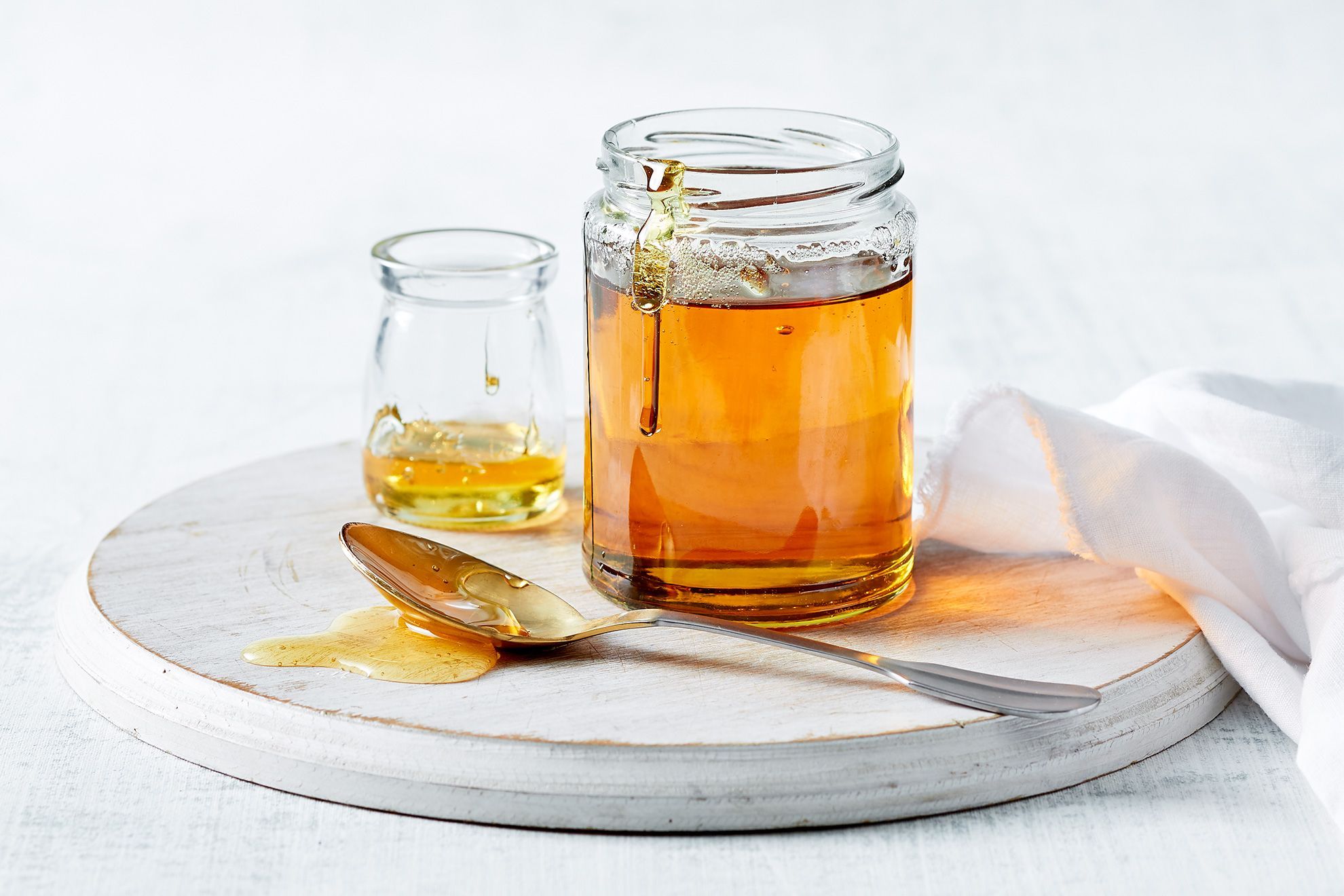


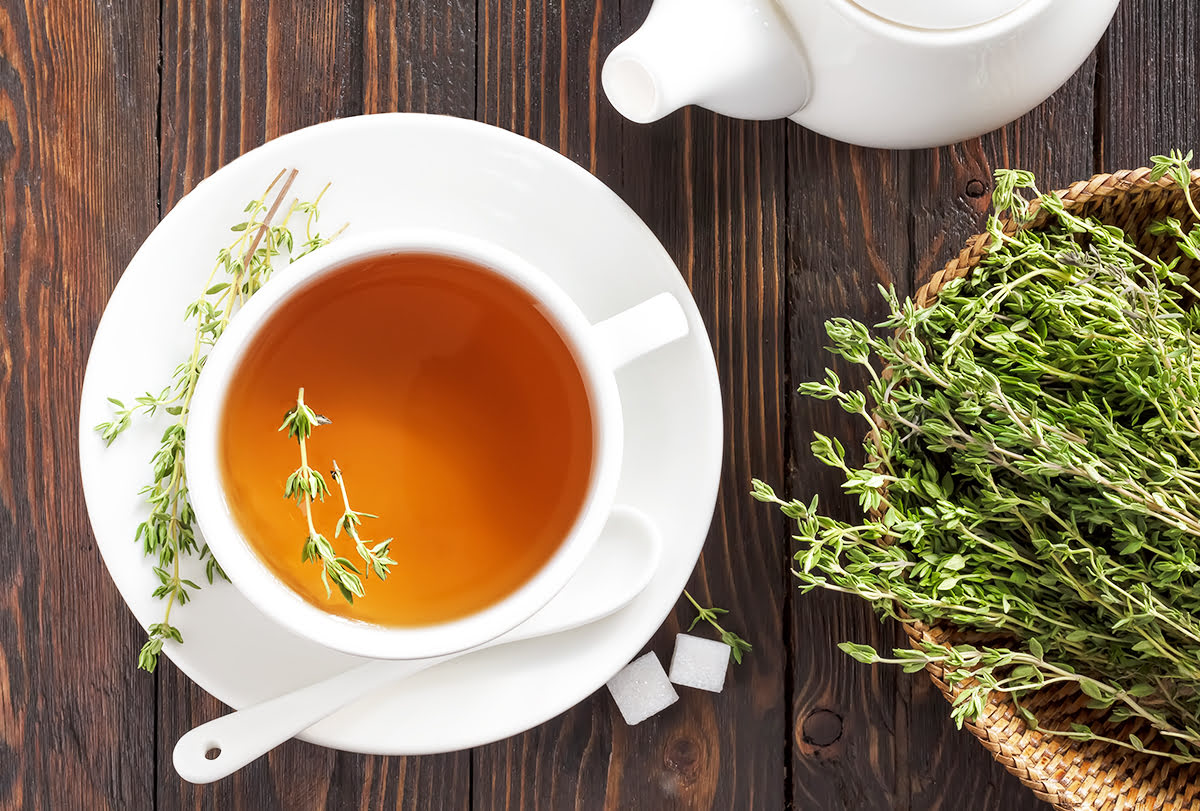
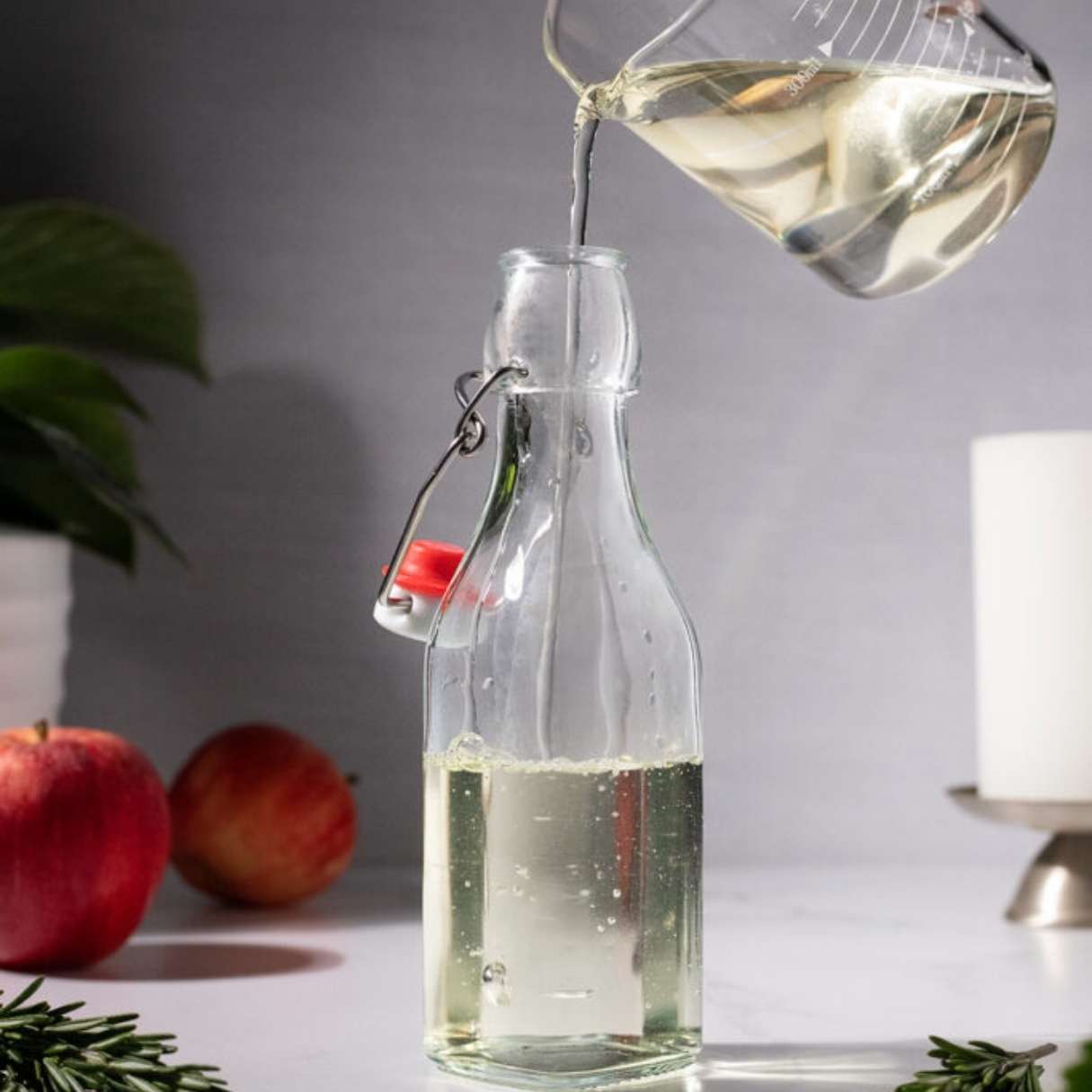
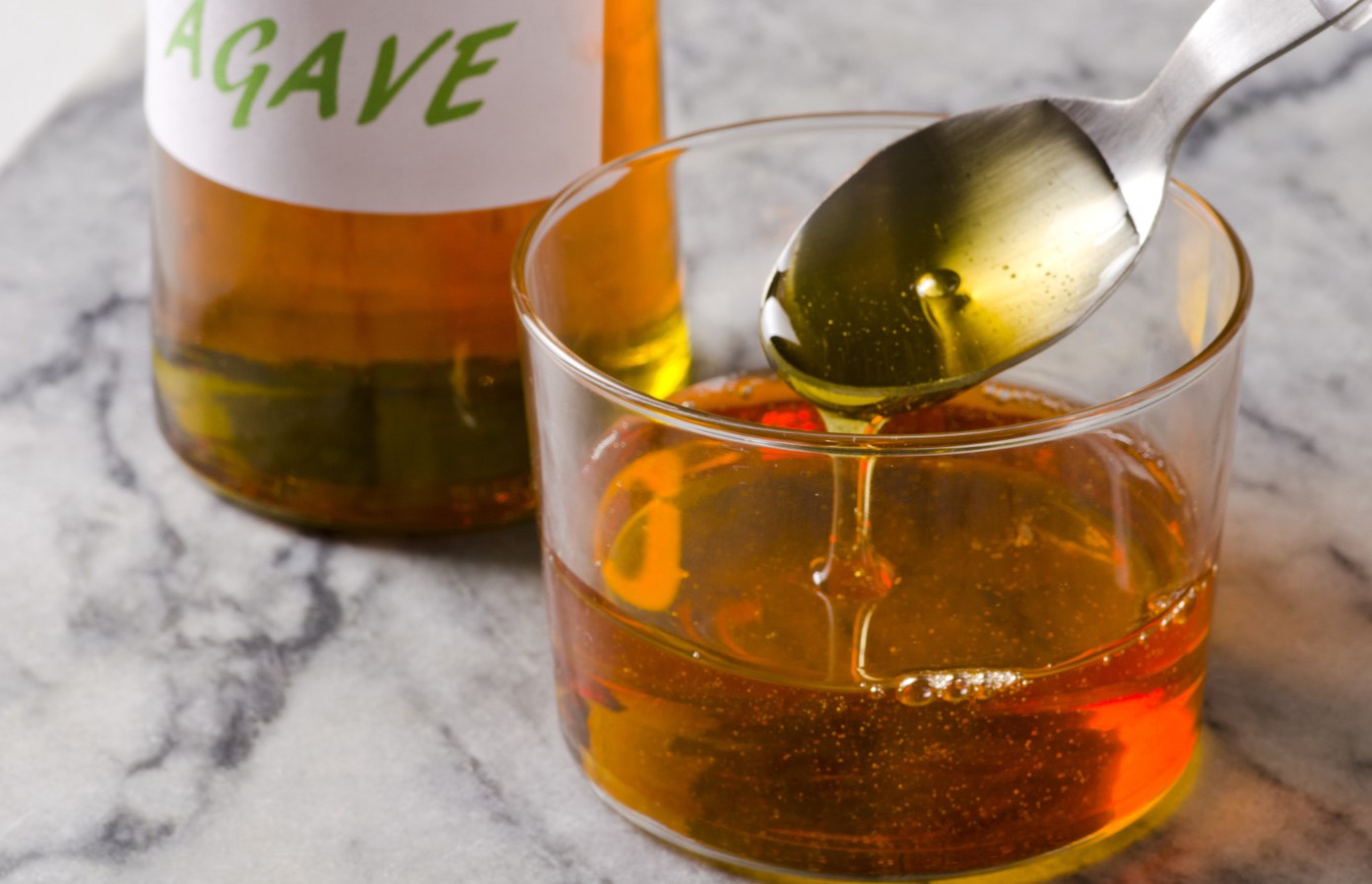
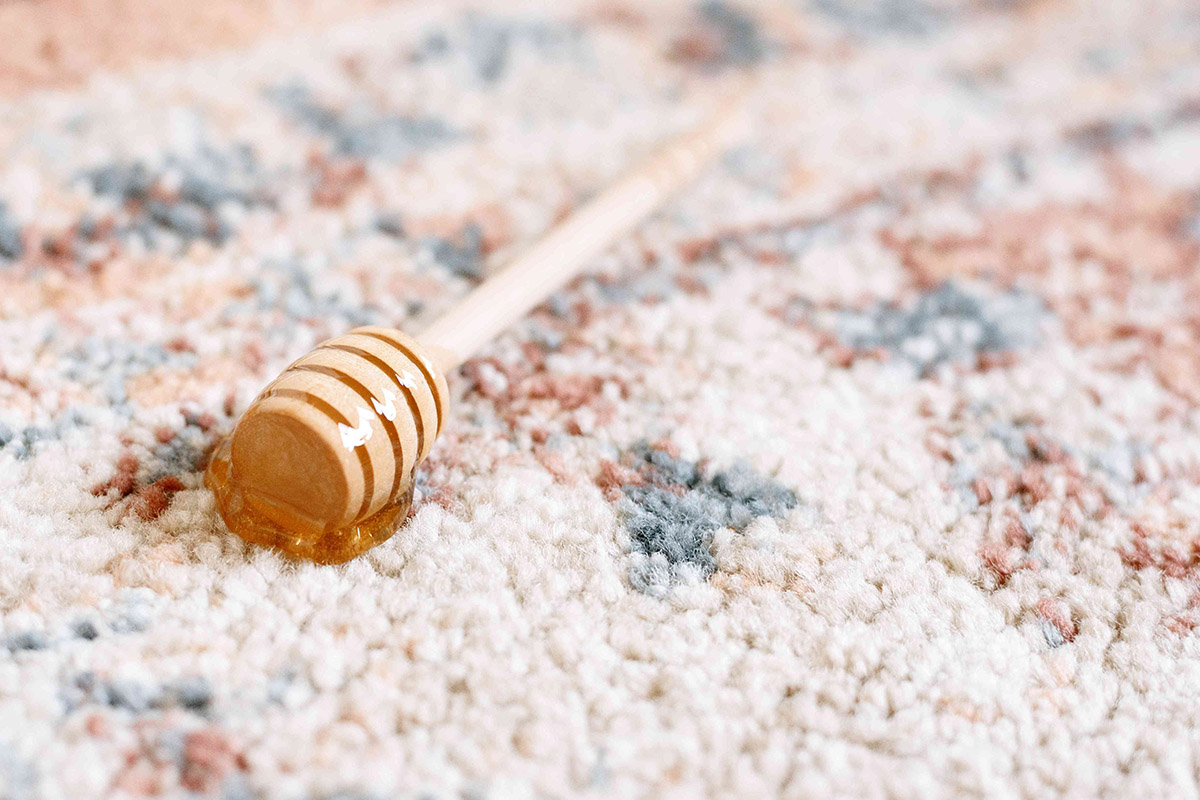
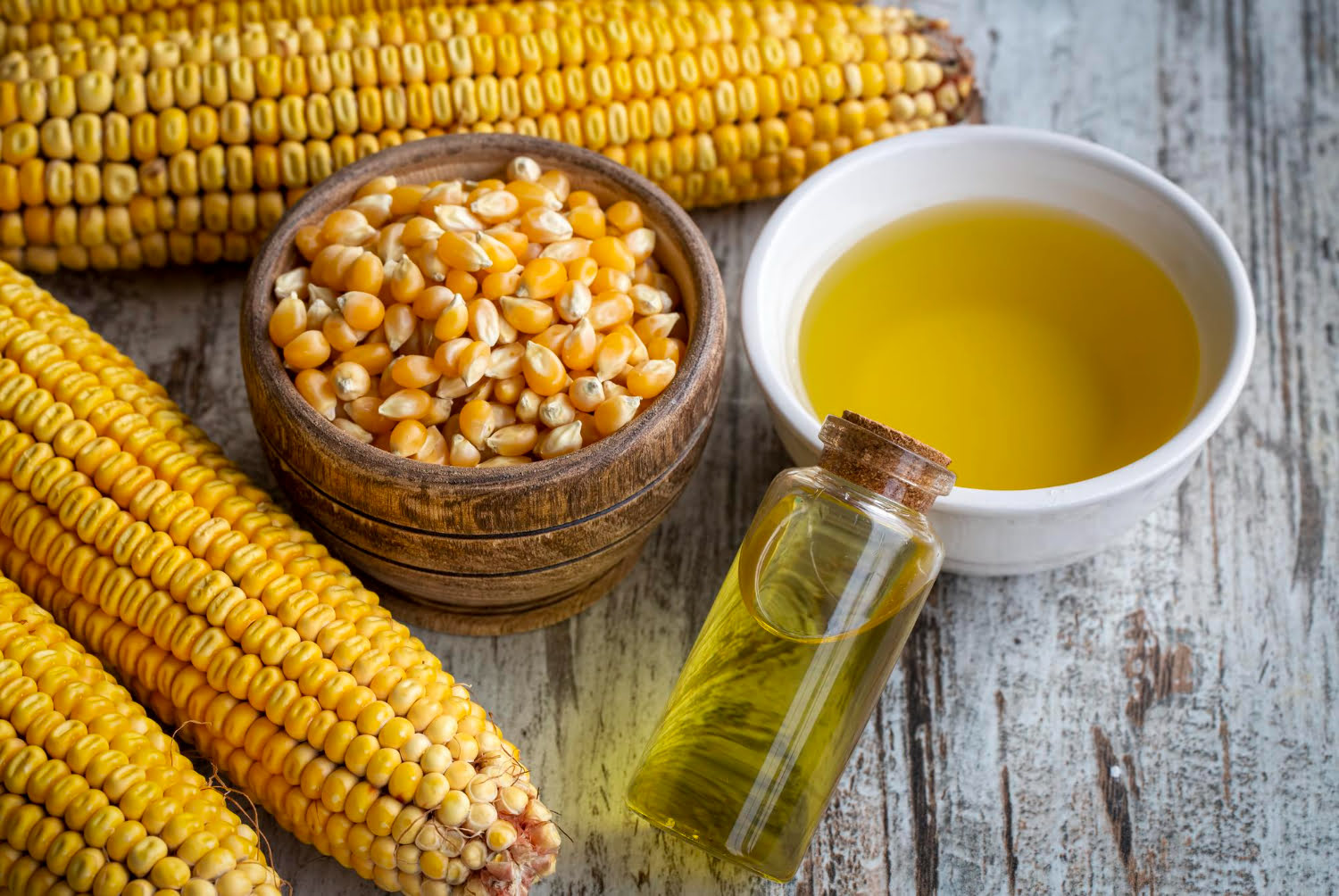
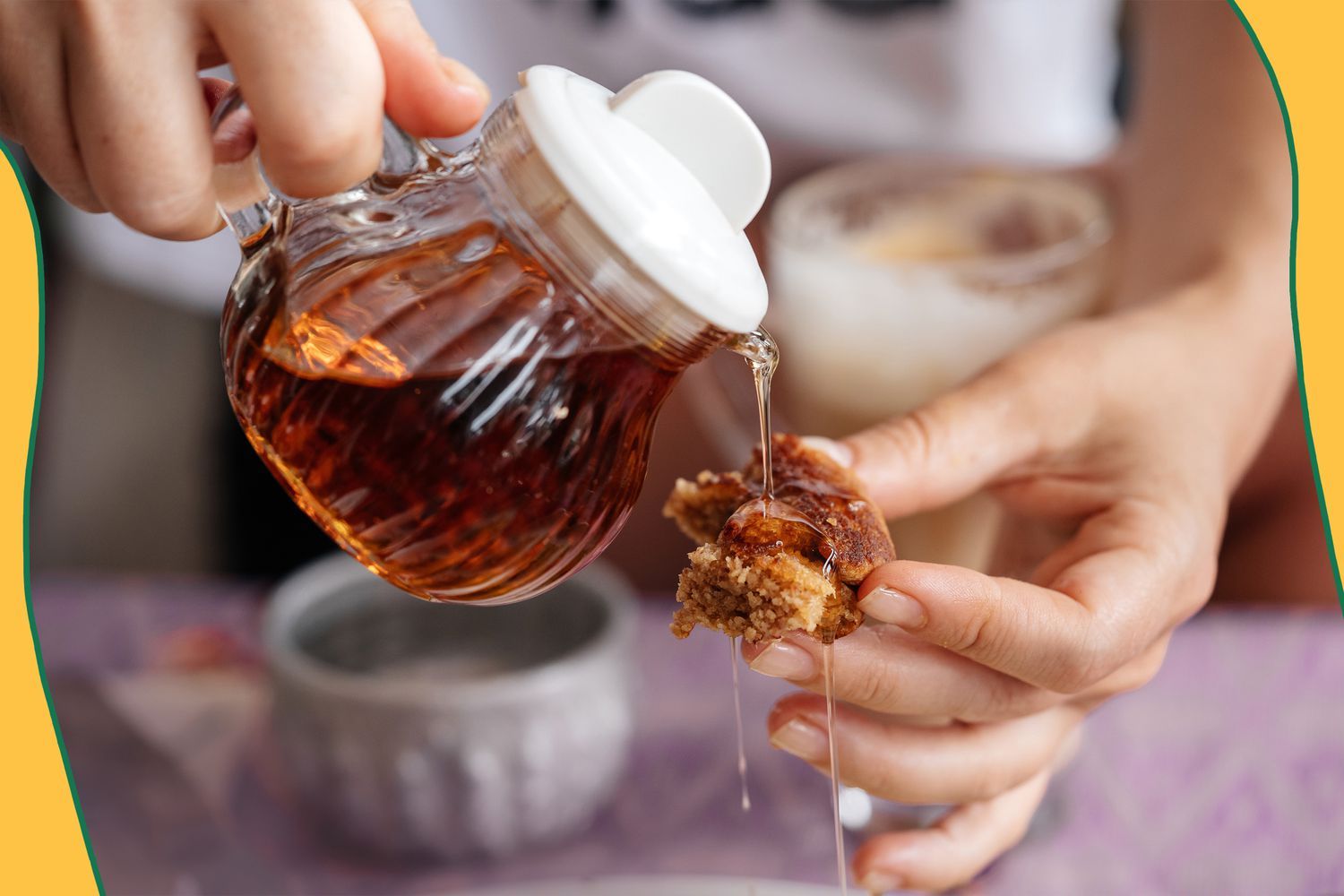

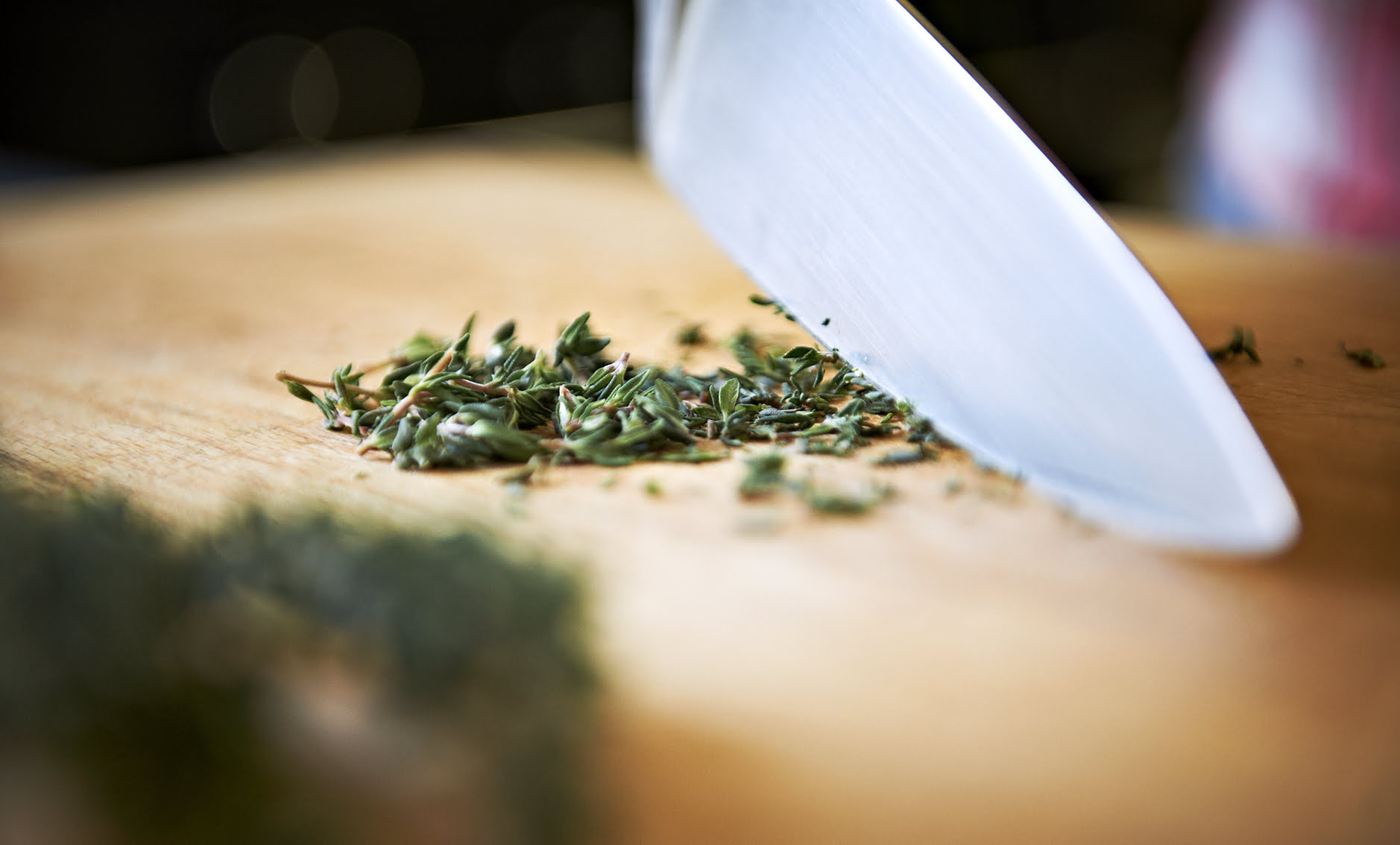
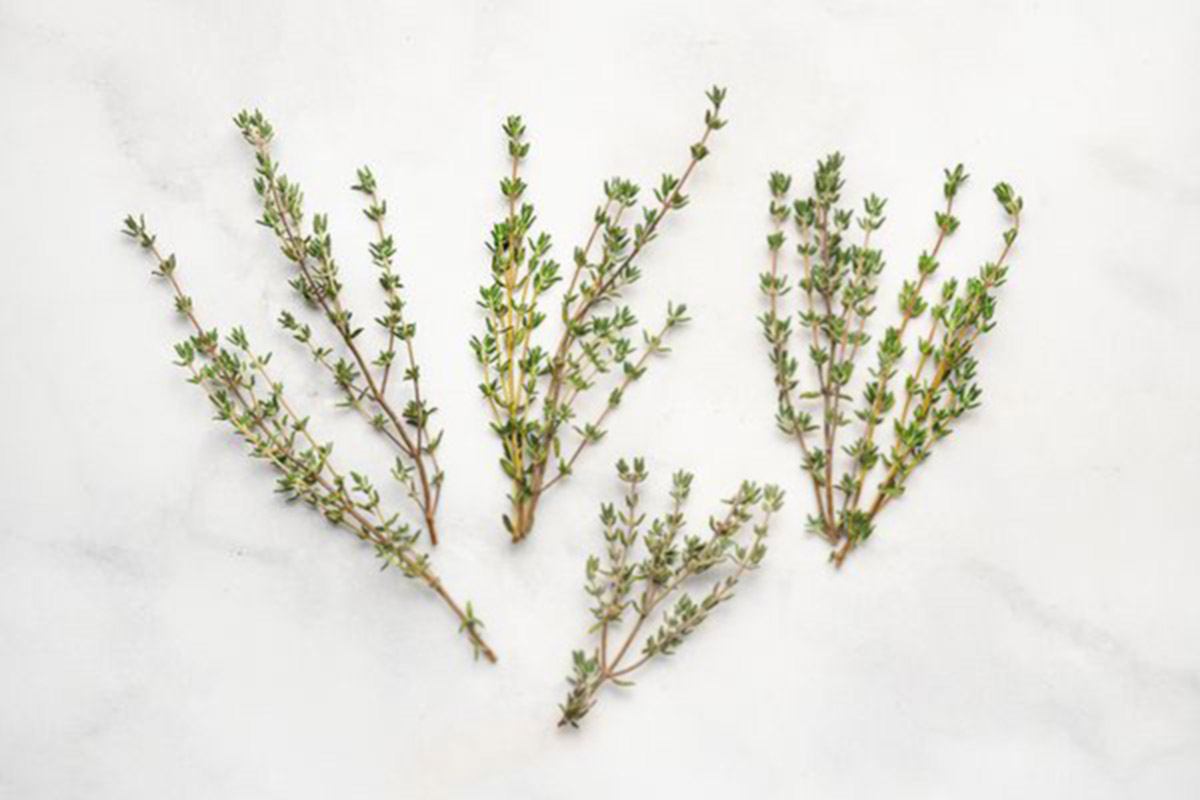
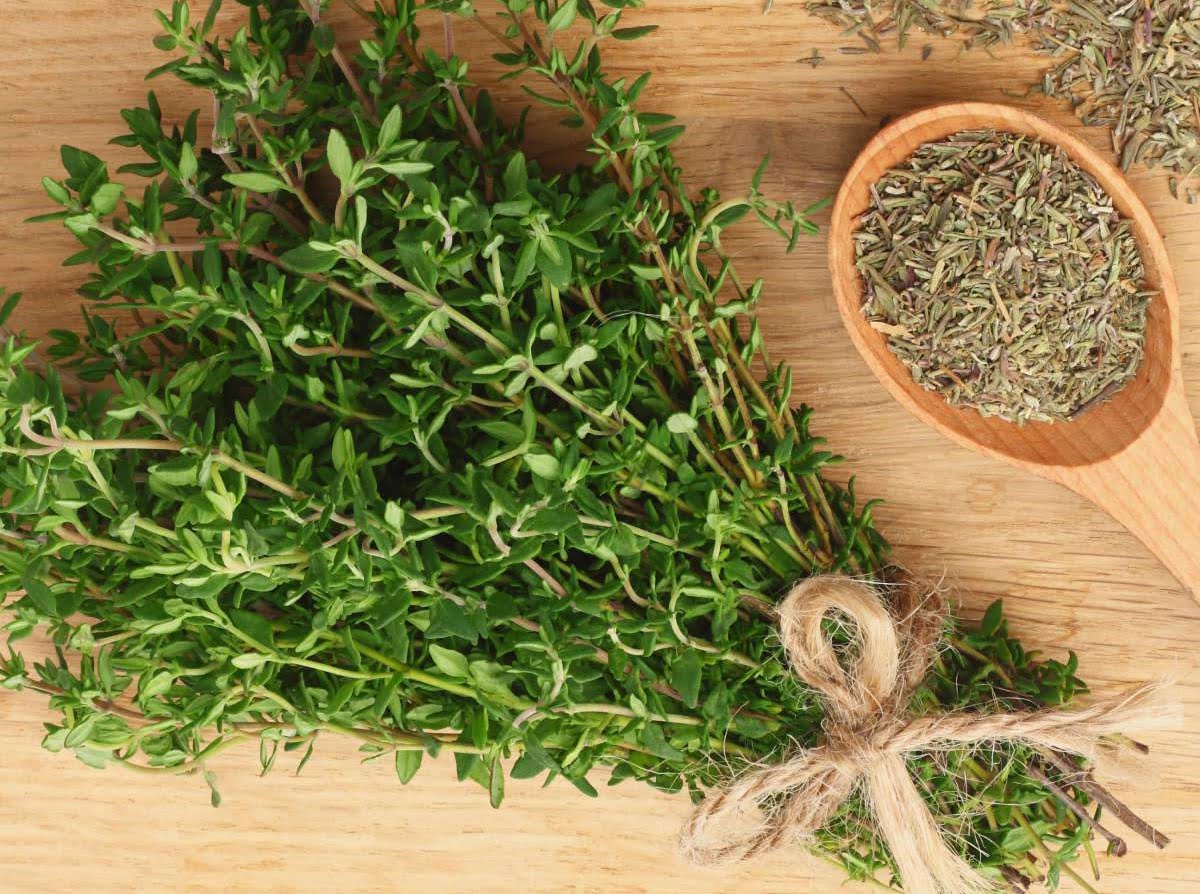
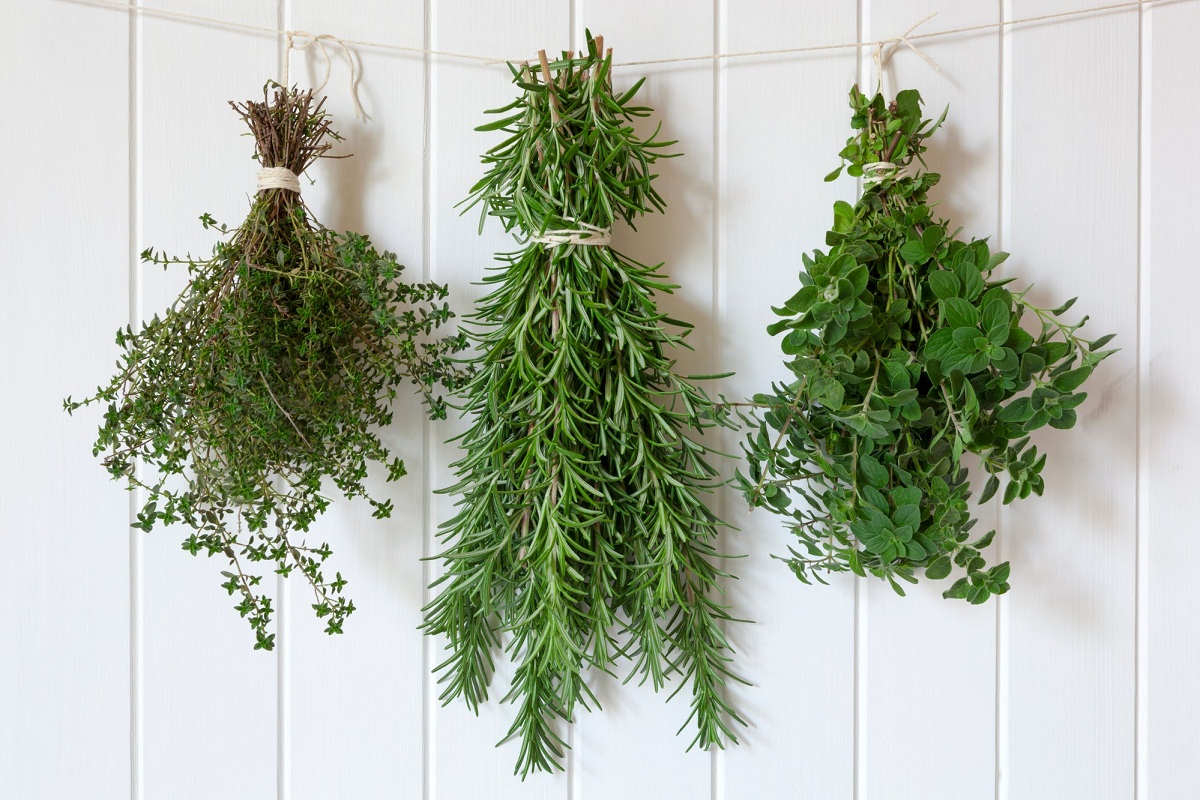

0 thoughts on “How To Make Thyme Syrup”